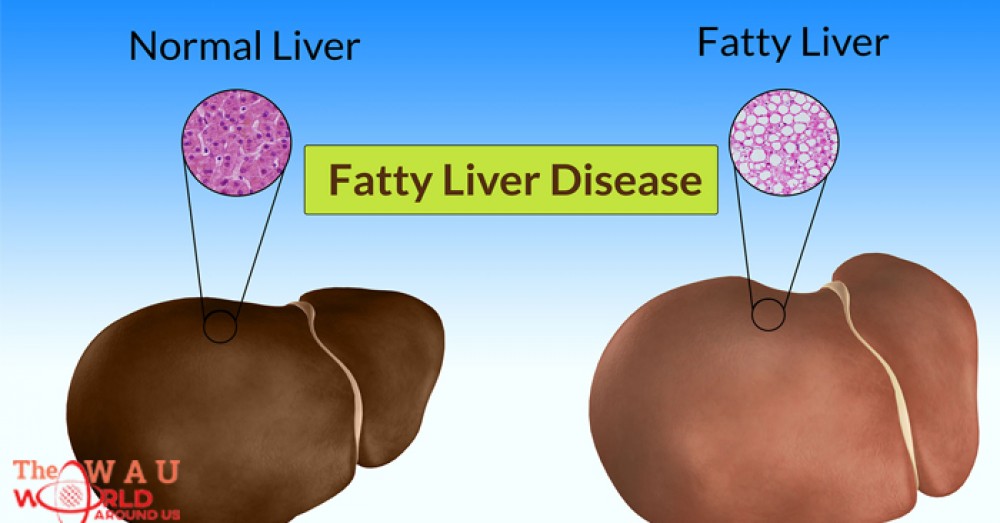Fatty liver disease can be severely detrimental to your body and your health.
Though it doesn’t cause any problems in and of itself, fatty liver disease can lead to excessive scarring and inflammation of the liver, which can over time cause extensive liver damage.
This problem occurs when you take in many more calories and fats that your liver can properly digest. It’s most commonly associated with obesity – in fact, obese individuals have a roughly 75 percent chance of developing this problem.
Other causes can include diabetes and alcohol abuse. Anywhere from 90 to 100 percent of individuals who abuse alcohol will at some point develop fatty liver.
Every individual should know the symptoms of fatty liver disease – especially those who are more prone to developing this problem. There are 10 symptoms that can be used to easily identify whether or not you may be on your way to developing, or have already developed, fatty liver disease.
1. Exhaustion or Fatigue
One of the first signs of damage or disease in any organ is excessive tiredness or exhaustion[1]. If you are experiencing unexplained weakness, confusion, energy loss, or you find yourself withdrawing from social activities because of exhaustion, consider this a warning sign.
2. Jaundice
Many problems of the liver, including fatty liver disease, can lead to jaundice[2]. This yellowing of the skin and the whites of the eyes occurs when there is a blockage of bile flow from the liver, and usually manifests as small, sometimes itchy yellow bumps on the surface of the skin. Always have jaundice checked out by a medical professional, whether you suspect fatty liver disease or not.
3. Urine Color
Liver problems can also often lead to changes in the color of one’s urine or stool. Urine that is excessively dark can be a sign of liver problems as well as many other issues[3]. Likewise, blockage of the bile can lead to unusually light or clay colored stools, which may have an unusually foul odor. These sorts of changes should be checked out by a medical professional immediately.
4. Other Skin Changes
While jaundice is the most noticeably skin-related symptom of fatty liver disease, other skin changes can also indicate this problem[4].
If you notice patchiness and discoloration, especially in areas such as the neck or underneath the arms, this could indicate a problem.
Other issues could include broken, visible blood vessels on the face as well as on the shoulders, chest, and back. Other signs include whiteness and other abnormalities of the nail beds and excessively red palms.
5. Abdominal Pain
Pain in the center or upper right of the abdomen can indicate a major issue, including abdominal bleeding, and should be examined immediately.
If you find yourself experiencing this kind of abdominal pain in addition to vomiting tinged with blood or notice blood in your stools, seek help[5].
6. Engorged Abdomen
An unusually engorged abdomen that is very tight to the touch and that pushes out the belly button can indicate fatty liver disease
This condition, known as ascites, occurs due to water retention in the abdomen, and can indicate severe liver disease[6].
Share This Post















